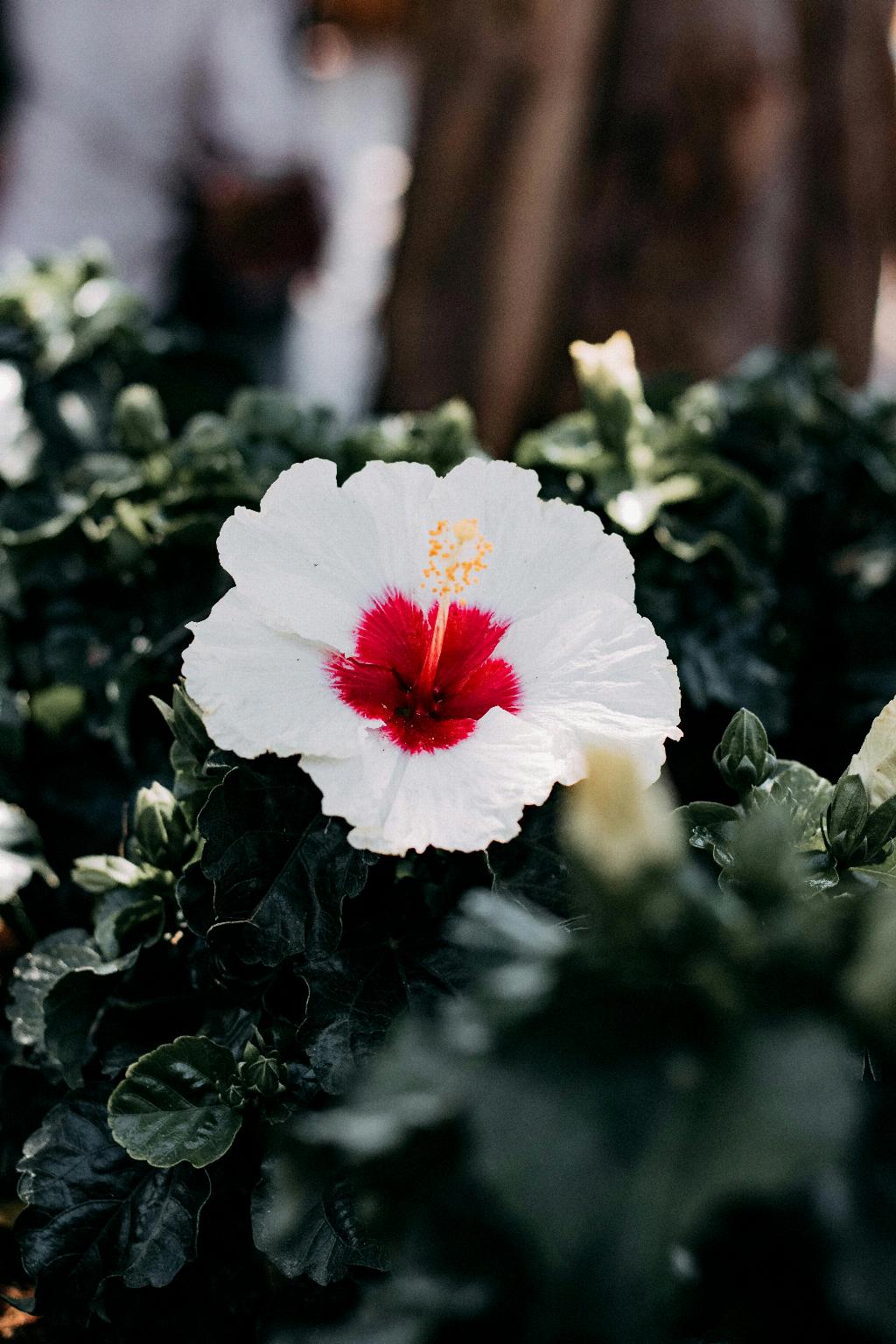Overwintering hibiscus plants can be a rewarding experience, allowing you to enjoy their vibrant blooms year after year. When the temperatures begin to drop, it is crucial to take steps to protect your tropical hibiscus from the cold. Here are some essential tips to help you successfully overwinter your hibiscus plants:
1. Assess Your Hibiscus Plant
Before you begin the overwintering process, take a good look at your hibiscus plant. Inspect it for any signs of pests or diseases, as it is essential to address any issues before bringing the plant indoors.
2. Prepare Your Hibiscus for Indoors
About a month before the first frost, start preparing your hibiscus for its transition indoors. Gradually reduce watering and stop fertilizing to help the plant acclimate to lower light levels.
3. Choose the Right Location
Find a bright, sunny spot to place your hibiscus indoors. Hibiscus plants thrive in bright light, so try to mimic their outdoor growing conditions as closely as possible.
4. Maintain Adequate Humidity
Indoor environments tend to be drier, which can be challenging for tropical plants like hibiscus. Increase humidity around your plant by using a humidifier or placing a tray of water near the plant.
5. Monitor Temperature Levels
Keep your hibiscus away from drafts and cold windows during the winter months. Hibiscus plants prefer temperatures above 60°F (15°C) but can tolerate slightly cooler conditions.
6. Watering Routine
Water your hibiscus plant when the top inch of soil feels dry to the touch. Be careful not to overwater, as this can lead to root rot. Ensure proper drainage to prevent waterlogged soil.
7. Prune as Needed
During the winter months, your hibiscus may experience some leaf drop or leggy growth. Prune back any leggy or damaged branches to promote new growth and maintain a compact shape.
8. Pest Control
Keep an eye out for common indoor pests like spider mites, aphids, and mealybugs. Regularly inspect your hibiscus plant for any signs of pest infestations and treat them promptly.
9. Light Exposure
If natural light is limited indoors, consider supplementing with a grow light to provide your hibiscus with the necessary light levels for healthy growth. Aim for at least 6-8 hours of bright light daily.
10. Resume Regular Care in Spring
As the days begin to lengthen and temperatures warm up, gradually reintroduce your hibiscus plant to outdoor conditions. Resume regular watering and fertilizing to encourage new growth and blooms.
11. Repotting and Refreshing Soil
Every couple of years, consider repotting your hibiscus plant to refresh the soil and provide fresh nutrients. Choose a pot slightly larger than the current one and use well-draining potting mix.
12. Enjoy Blooms Once Again
With proper care and attention, your hibiscus plant will thrive indoors during the winter months and reward you with beautiful blooms once again when spring arrives. Take the time to enjoy the vibrant colors and exotic beauty of your overwintered hibiscus!

